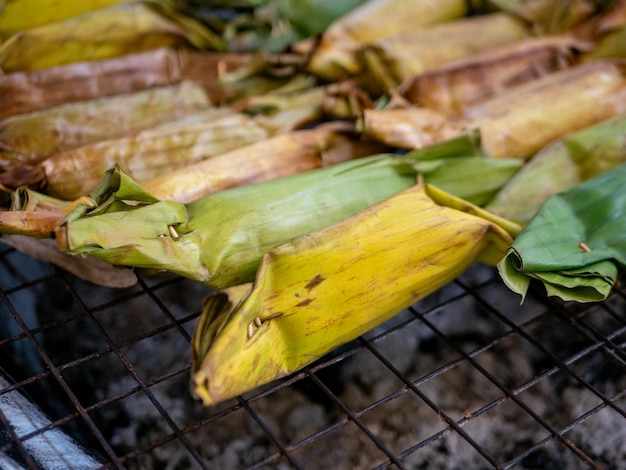Rediscovery of a Lost Plant Species in Chiang Rai
A rare plant species that had disappeared from botanical records for over a century has been found again in the rainforests of Chiang Rai province, marking an important discovery for Thailand’s biodiversity conservation. The plant, known scientifically as Heterostemma brownii Hayata, was discovered thriving among green moss carpets in the province’s pristine rainforest.
This species was last documented in Taiwan, China, and Vietnam around 1906 before vanishing from global botanical records for 113 years. In 2019, a team of plant taxonomists from the Botanical Garden Organisation (BGO) rediscovered the species in the rainforest areas of Chiang Rai. Their findings were officially published in 2020, but the discovery only recently gained wider attention after the BGO posted on its Facebook page, asking for suggestions for a Thai name for the plant.
Woranart Thammarong, a plant taxonomist at the BGO Research and Conservation Office and the leader of the discovery, described the plant’s unique characteristics. The soft-stemmed climbing vine produces white latex and features opposite leaves with oval to oblong leaf blades. Its most striking feature is its bright yellow flowers with five star-shaped petals dotted with red spots. The flower’s center displays a prominent dark red corona with five points, resembling a starfish resting on the ocean floor.
Heterostemma brownii belongs to the Apocynaceae family, commonly known as dogbane. Despite its rediscovery, the species has not yet received an official conservation status ranking. In Thailand, the plant has been found exclusively in Chiang Rai’s rainforests at approximately 500 meters above sea level. It flowers during the rainy season, from June to July.
The species’ natural distribution includes Taiwan, China, Vietnam, Thailand, and Laos, though populations remain extremely small across all locations. This makes the rediscovery in Chiang Rai even more significant for conservation efforts.
Naming Competition
To engage the public in the conservation of this rare species, the BGO has called for public participation in creating a Thai common name for the newly rediscovered plant. Suggestions have poured in from botanical enthusiasts and the general public, leading to a creative naming competition.
One popular suggestion is “Siam Pirun Dara Maat,” which combines “Siam” for its rediscovery in Thailand, “Pirun” for its blooming during the rainy season, “Dara” for its star-shaped flowers, and “Maat” meaning gold. A nickname associated with this name is “Dao Kham,” translating to “golden star.”
Another notable entry is “Dok Rak Din Pin Siam,” emphasizing both the plant’s botanical family and love for the land. “Dok Chai Narayan” references Chiang Rai’s historical name, while “Dok Dara Siam” simply combines “star” and “Thailand.”
A more elaborate proposal suggests “Kakhana Pathawi,” derived from Pali meaning “star to earth,” symbolizing the plant’s journey from botanical obscurity back to earthly recognition.
The competition highlights the growing interest in preserving and celebrating Thailand’s unique biodiversity. As the search for a fitting Thai name continues, the rediscovery of Heterostemma brownii serves as a reminder of the importance of protecting rare and endangered species.






